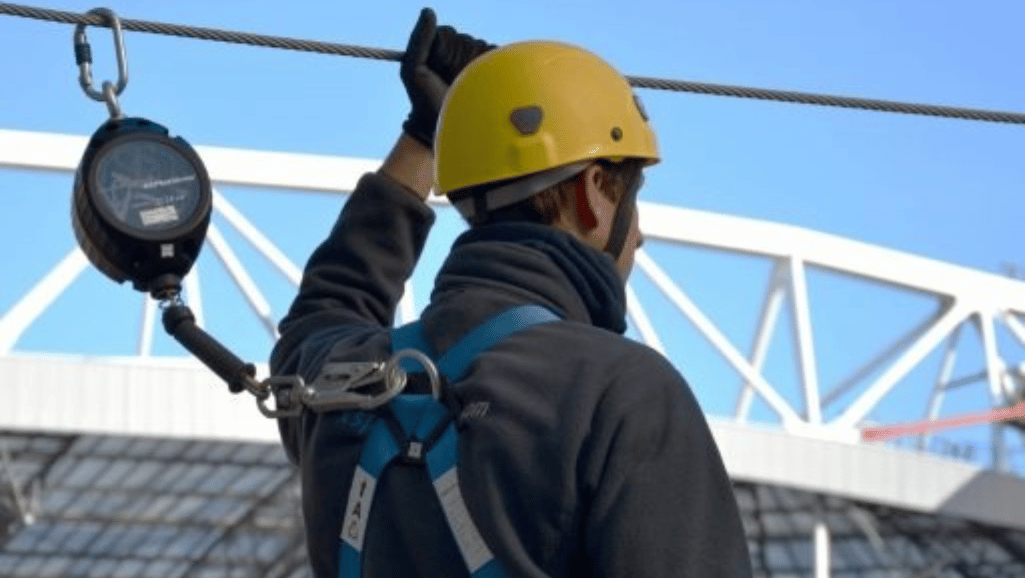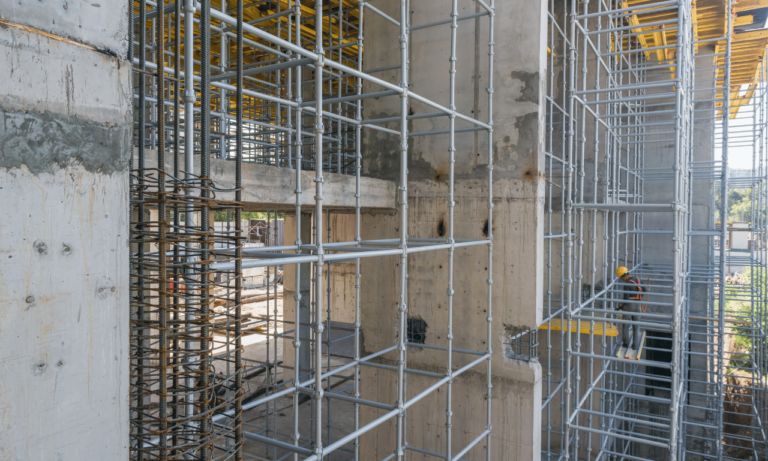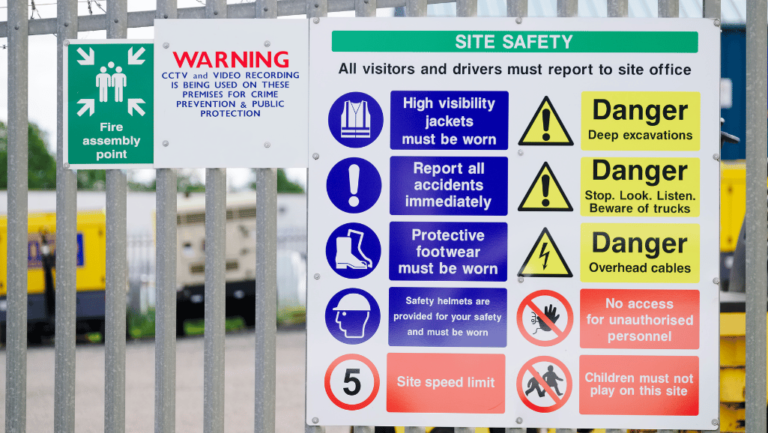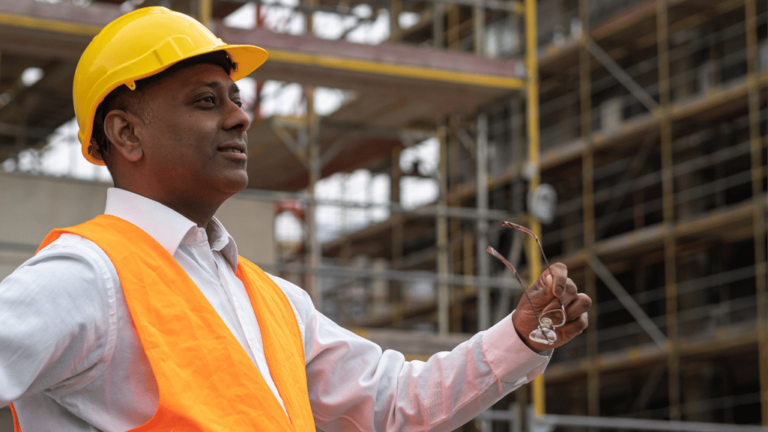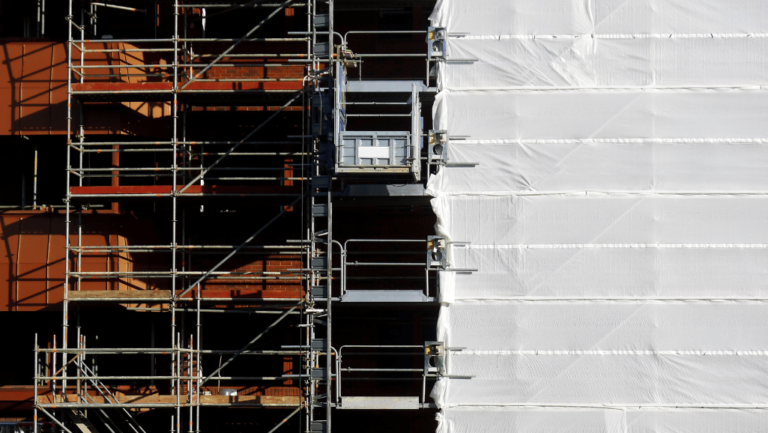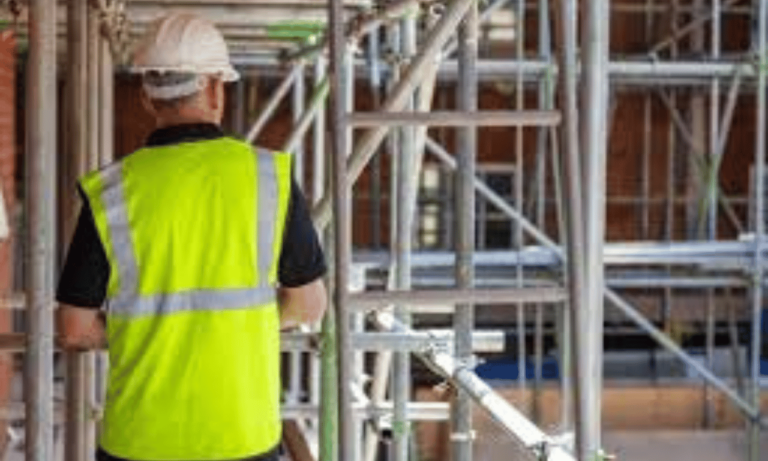Phone:
(+65)8319-0742
Working on scaffolding structures poses significant risks for construction workers. Without proper safety measures in place, falls from heights can lead to severe injuries or even fatalities. To mitigate these risks, it is essential to have the right fall protection equipment and adhere to scaffolding safety regulations.
When it comes to safeguarding workers on scaffolding, using the appropriate safety gear is paramount. From safety harnesses to fall arrest systems, each piece of equipment plays a crucial role in ensuring worker safety. Moreover, complying with OSHA fall protection standards is not only a legal requirement but also a moral obligation to protect workers from harm.
In this article, we will delve into the world of fall protection equipment for scaffolding, exploring the various gear options and regulations that employers and workers need to be aware of. By understanding the importance of these safety measures and following the prescribed guidelines, we can create a secure scaffolding environment that minimizes the risk of falls.
Key Takeaways:
- Fall protection equipment is vital for ensuring the safety of workers on scaffolding structures.
- Key safety gear includes safety harnesses, scaffolding lifelines, and fall arrest systems.
- Compliance with scaffolding safety regulations and OSHA fall protection standards is essential.
- Using the appropriate safety gear and following guidelines can minimize the risk of falls and injuries.
- Prioritizing worker safety is crucial for creating a secure scaffolding environment.
Safety Harnesses: Key Gear for Fall Protection
When it comes to working on scaffolding, safety should always be the top priority. One essential piece of fall protection gear that every worker should have is a safety harness. Safety harnesses provide a secure attachment point and help prevent falls, ensuring the well-being of workers at heights.
There are different types of safety harnesses available, designed to suit various working conditions and requirements. These harnesses are specifically designed to distribute the forces of a fall throughout the body, reducing the risk of injury. They typically consist of straps, buckles, and a dorsal attachment point that connects to an anchorage system.
Scaffolding harnesses are specifically designed for use on scaffolding structures and offer additional features to accommodate the unique challenges of working at heights. These harnesses are equipped with additional padding, multiple attachment points, and tool loops to enhance worker comfort and convenience. They provide a practical and reliable solution for fall prevention in scaffolding environments.
Complying with OSHA fall protection standards is crucial when working on scaffolding. OSHA (Occupational Safety and Health Administration) sets regulations and guidelines to ensure the safety of workers at construction sites. These regulations mandate the use of safety harnesses and specify the requirements for their proper usage.
By wearing a safety harness and complying with OSHA fall protection standards, workers can significantly reduce the risk of falls and injuries on scaffolding structures. Employers have a responsibility to provide the necessary safety gear and training to their workers to create a safe working environment. Regular inspections and proper maintenance of safety harnesses are also essential to ensure their effectiveness.
Scaffolding Lifelines and Fall Arrest Systems
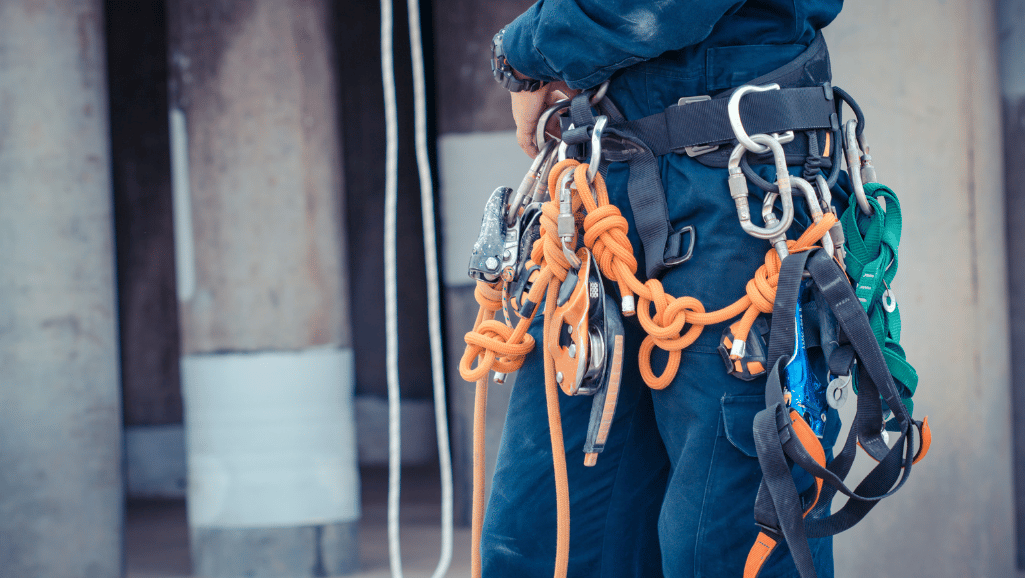
When it comes to ensuring the safety of workers on scaffolding, fall arrest systems and scaffolding lifelines are indispensable. These systems play a crucial role in protecting workers from falls, providing a reliable means of restraint and preventing potential accidents. In this section, we will delve into the function and use of these systems, highlighting the importance of following scaffold safety standards.
Scaffolding Lifelines
Scaffolding lifelines are lifelines or ropes that are securely attached to the scaffold structure, offering workers a lifeline to hold onto or tie themselves to while working at heights. These lifelines serve as a primary means of fall protection and are typically made from high-strength materials such as synthetic fibers or steel cables. By attaching themselves to the lifelines, workers can maintain their stability and prevent falls. Scaffolding lifelines are designed to be durable, load-bearing, and resistant to abrasion to ensure their reliability in various work conditions.
Employers must ensure that scaffolding lifelines are properly anchored and installed according to scaffold safety standards. The lifelines should be free from knots or tangles and should be stored properly to avoid damage. Regular inspections should be conducted to identify any wear and tear and replace lifelines as necessary. Additionally, workers must be trained on the proper use and attachment of scaffolding lifelines to maximize their effectiveness in fall prevention.
Fall Arrest Systems
Fall arrest systems, also known as personal fall arrest systems (PFAS), are comprehensive safety systems designed to arrest falls and minimize the risk of injury or fatality. These systems typically consist of three main components: an anchorage point, a body harness, and a connecting device. The anchorage point is a secure attachment point on the scaffold structure, while the body harness is worn by the worker to distribute forces evenly in the event of a fall. The connecting device, such as a lanyard or self-retracting lifeline, connects the body harness to the anchorage point, allowing for movement while keeping the worker safe.
It is crucial to ensure that fall arrest systems are in compliance with scaffold safety standards, such as those set by OSHA (Occupational Safety and Health Administration). The systems should be inspected regularly and maintained according to manufacturer guidelines to ensure their reliability. Workers should be trained on the proper use and inspection of fall arrest systems to maximize their effectiveness.
By implementing scaffolding lifelines and fall arrest systems, employers can significantly reduce the risk of falls and provide a secure working environment for their workers. However, it is essential to adhere to scaffold safety standards and provide regular training to ensure the proper use and maintenance of these systems.
Comparison of Scaffolding Lifelines and Fall Arrest Systems
| Criteria | Scaffolding Lifelines | Fall Arrest Systems |
|---|---|---|
| Function | Provide a lifeline for workers to hold onto or tie themselves to prevent falls | Arrest falls and minimize the risk of injury using anchorage points, body harness, and connecting devices |
| Main Components | Lifeline or rope | Anchorage point, body harness, connecting device |
| Materials | Synthetic fibers or steel cables | Various materials depending on the components |
| Compliance | Must adhere to scaffold safety standards for proper installation and maintenance | Must comply with scaffold safety standards, such as OSHA regulations |
| Training | Workers should be trained on proper use and attachment | Workers should be trained on proper use, inspection, and maintenance |
Understanding Scaffolding Safety Regulations
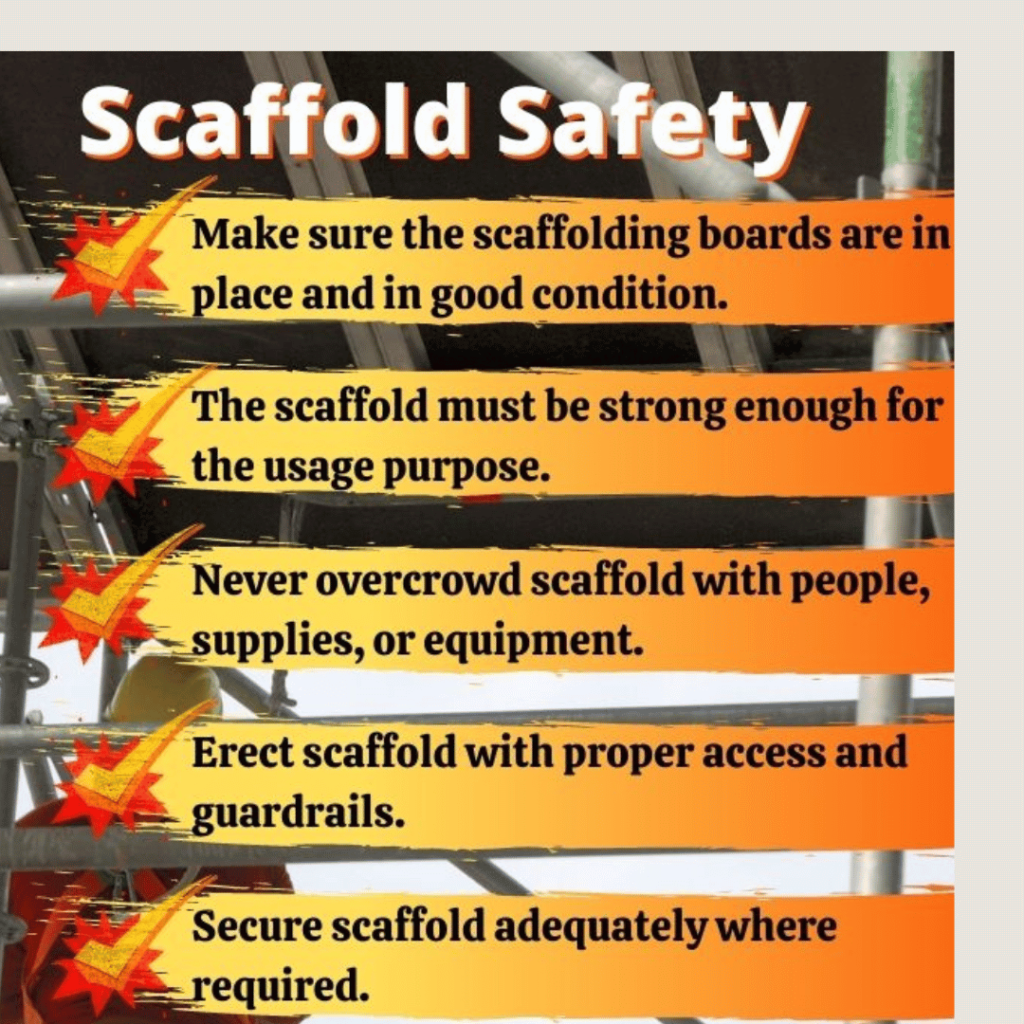
When it comes to working on scaffolding structures, safety regulations play a crucial role in ensuring the well-being of workers. It is imperative for both employees and employers to have a comprehensive understanding of these regulations to maintain compliance and promote a safe working environment.
One key aspect of scaffolding safety is the proper use of safety harnesses. These harnesses are a critical component of fall protection gear, providing workers with a secure attachment point and minimizing the risk of falls. By complying with safety regulations related to safety harnesses, such as the OSHA fall protection standards, workers can ensure their safety while working at heights.
Alongside safety harnesses, there is a range of scaffolding safety gear designed to protect workers from falls. This gear includes personal protective equipment like hard hats, reflective vests, and safety shoes. Adhering to the appropriate scaffolding safety regulations ensures that workers are equipped with the necessary safety gear to mitigate potential risks.
Moreover, scaffold safety regulations encompass guidelines for the construction, use, and dismantling of scaffolding structures. Compliance with these regulations helps prevent accidents caused by faulty scaffolds and ensures that scaffolding systems are sturdy, stable, and capable of supporting workers and their tools.
By familiarizing themselves with scaffolding safety regulations, employers can establish comprehensive safety guidelines and protocols for their workers. These regulations provide a framework for identifying and mitigating potential risks, as well as maintaining a safe work environment for everyone involved.
Remember, understanding and complying with scaffolding safety regulations is essential for both the well-being of workers and the productivity of construction projects. By prioritizing safety and following these regulations, everyone can contribute to a safer construction industry.
Common Scaffolding Safety Regulations
| Regulation | Description |
|---|---|
| Scaffolding Fall Protection | Guidelines for fall protection measures, including safety harnesses and guardrails. |
| Structural Stability | Requirements for the construction and stability of scaffolding structures. |
| Scaffolding Access | Specifications for safe access to scaffolding, such as ladders and stairways. |
| Material Handling | Procedures for safely handling materials on scaffolds, including weight restrictions. |
| Inspection and Maintenance | Regulations for regular inspection, maintenance, and repair of scaffolding systems. |
Image: Scaffolding safety gear is essential for protecting workers from falls.
Ensuring Compliance with OSHA Fall Protection Standards
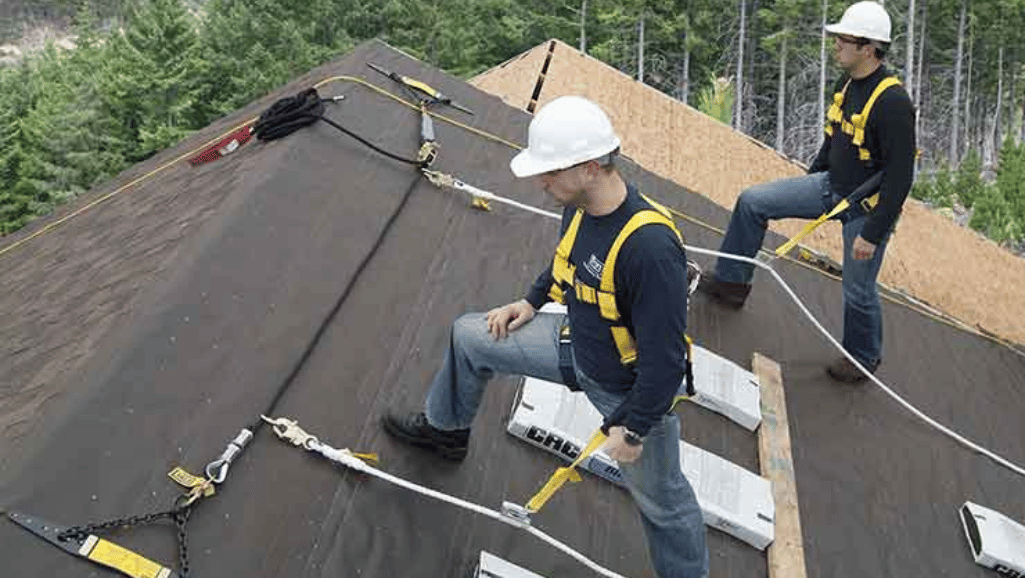
Complying with OSHA fall protection standards is crucial for maintaining the safety of workers on scaffolding. These standards have been put in place to reduce the risk of falls and ensure a secure working environment. By understanding and implementing these guidelines, employers can prioritize the well-being of their employees and minimize potential accidents.
Specific OSHA Requirements
OSHA has established specific requirements that must be followed to ensure fall protection on scaffolding. These regulations primarily focus on the proper use of safety equipment and the implementation of effective fall arrest systems. Key requirements include:
- Ensuring workers wear appropriate safety harnesses and other fall protection gear.
- Providing proper training to employees on the correct usage of scaffolding safety equipment.
- Regular inspection and maintenance of all fall protection systems to ensure they are in good working condition.
- Periodic retraining of employees to reinforce safety practices and address any changes in regulations.
- Complying with specific scaffolding safety regulations, such as platform construction and load capacities.
Tips for Meeting OSHA Standards
Meeting OSHA fall protection standards involves a combination of proper training, regular equipment inspection, and a commitment to maintaining a safe work environment. Here are some tips to help employers meet these standards effectively:
- Provide comprehensive training programs to educate workers about scaffolding safety regulations and the proper use of fall protection equipment. This includes thorough instruction on the correct way to wear safety harnesses and how to secure lifelines and other fall arrest systems.
- Establish a system for regular inspections of all safety equipment, including harnesses, lifelines, and anchorage points. Any damaged or worn-out equipment should be replaced immediately to ensure worker safety.
- Maintain detailed records of employee training and equipment inspections to demonstrate compliance with OSHA standards and help identify areas for improvement.
- Regularly review and update safety protocols to reflect any changes in OSHA regulations. This ensures that employees remain up-to-date with the latest safety requirements.
By adhering to OSHA fall protection standards, employers can create a safer working environment, reduce the risk of falls, and protect the well-being of their employees.
Conclusion
In conclusion, fall protection equipment is a crucial aspect of ensuring the safety of workers on scaffolding structures. By providing the necessary gear, such as safety harnesses and scaffolding lifelines, employers can minimize the risk of falls and protect their employees from potential injuries.
Compliance with safety regulations, particularly those set by OSHA, is of utmost importance. Following these regulations, including proper use and maintenance of safety equipment, is essential to create a secure scaffolding environment.
By prioritizing worker safety and implementing the necessary equipment and procedures, employers can demonstrate their commitment to their employees’ well-being. Ultimately, this leads to increased productivity, reduced workplace accidents, and a positive work culture where employees feel valued and protected.
FAQ
Why is fall protection equipment important for scaffolding?
Fall protection equipment is important for scaffolding because it helps prevent workers from falling and suffering serious injuries or fatalities. It provides a safety net in case of accidents or structural failures, ensuring the well-being of workers at heights.
What is the purpose of safety harnesses in scaffolding?
Safety harnesses are essential gear for fall protection in scaffolding. They provide a secure attachment point for workers, preventing falls and allowing for quick rescue in case of emergencies. Safety harnesses distribute the force of a fall, reducing the risk of injury and ensuring the worker remains connected to the scaffolding structure.
What are the different types of safety harnesses available?
There are various types of safety harnesses designed for different working environments and specific fall arrest needs. Some common types include full-body harnesses, construction harnesses, tower harnesses, and industrial harnesses. Each harness type offers specific features and functionalities to cater to different working conditions and job requirements.
Why is compliance with OSHA fall protection standards important?
Compliance with OSHA fall protection standards is crucial to ensure a safe working environment on scaffolding. OSHA sets specific guidelines and regulations to protect workers from falls and other hazards. By adhering to these standards, employers can ensure the well-being of their workers and avoid penalties or legal consequences.
What are scaffolding lifelines and fall arrest systems?
Scaffolding lifelines and fall arrest systems are safety devices designed to prevent falls and minimize the impact if a fall occurs. Lifelines consist of ropes or cables attached to secure anchor points, allowing workers to move while maintaining a connection to the structure. Fall arrest systems, such as shock-absorbing lanyards and self-retracting lifelines, are mechanisms that activate during a fall, reducing the force applied to the worker’s body.
What are the specific safety regulations for scaffolding work?
Safety regulations for scaffolding work include guidelines related to proper assembly, stability, and use of scaffolds. They also cover the use of personal protective equipment, such as safety harnesses, guardrails, and toe boards. Compliance with these regulations is essential to prevent accidents, falls, and injuries, ensuring the overall safety of workers on scaffolding structures.

